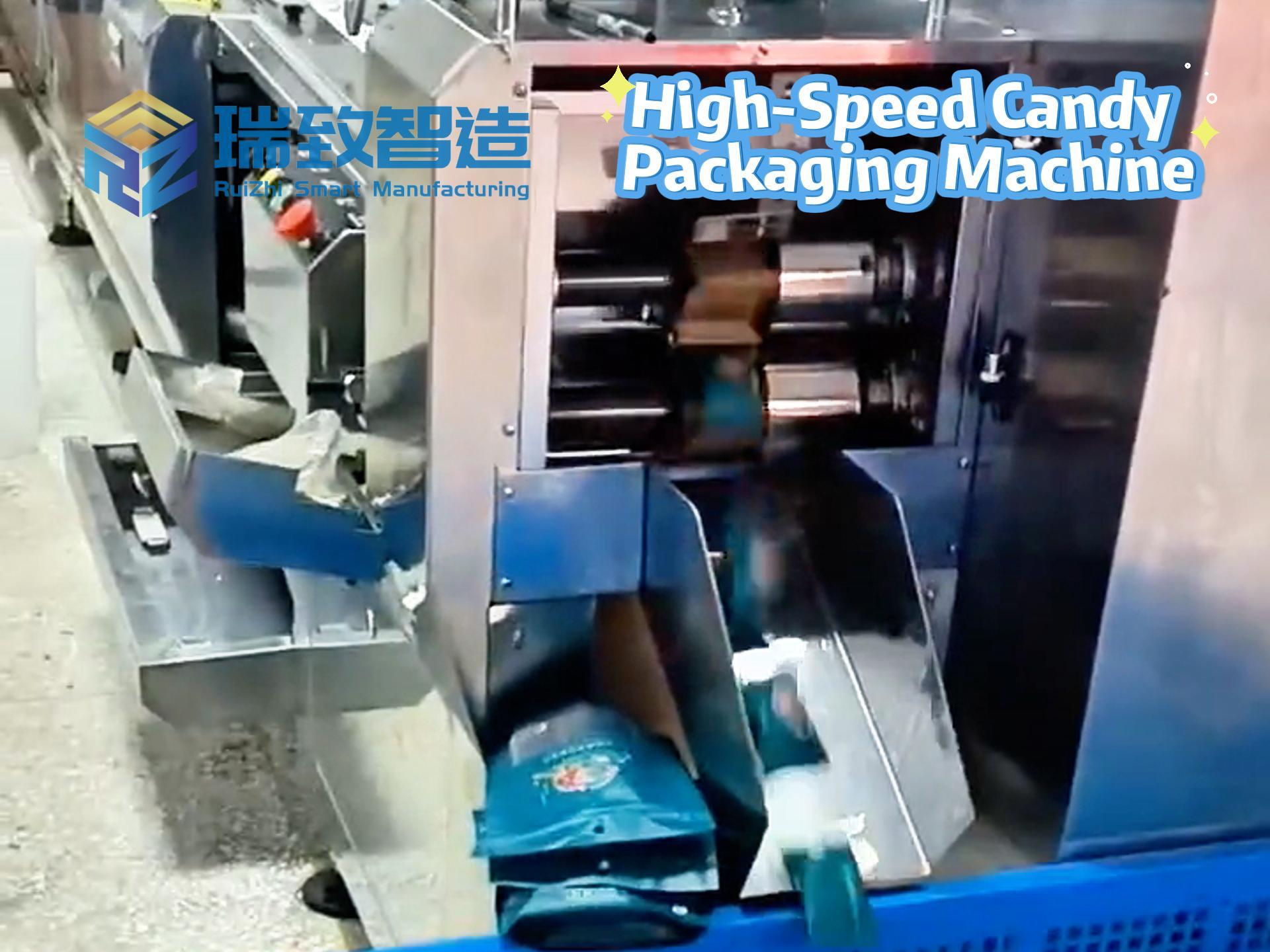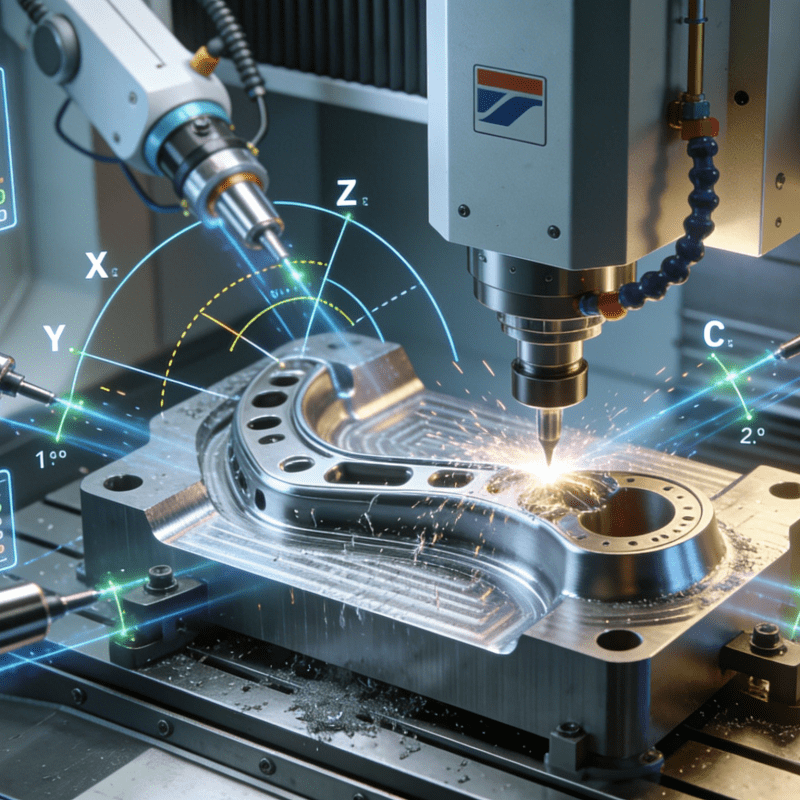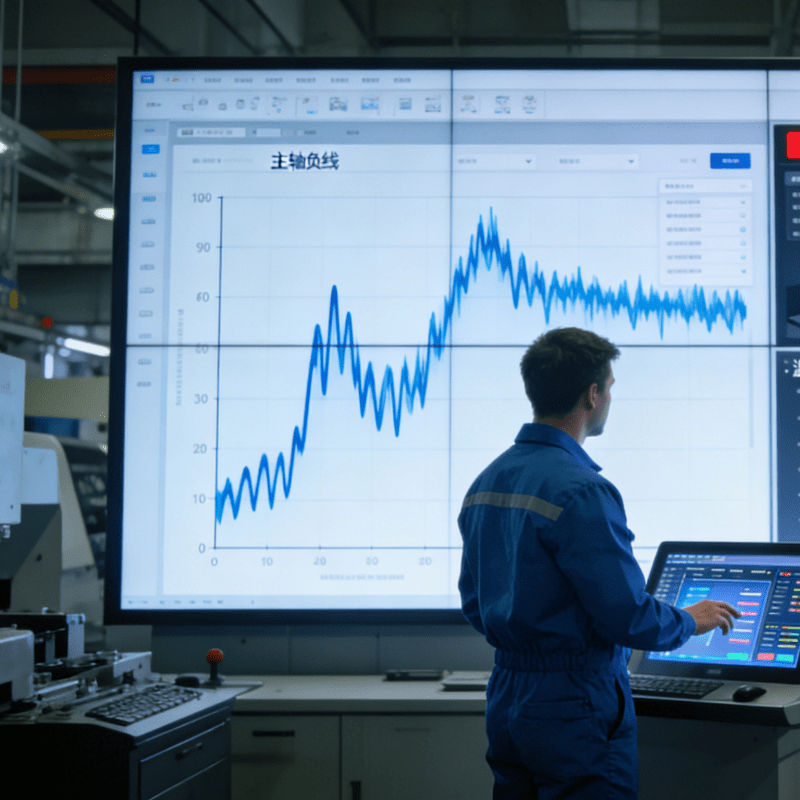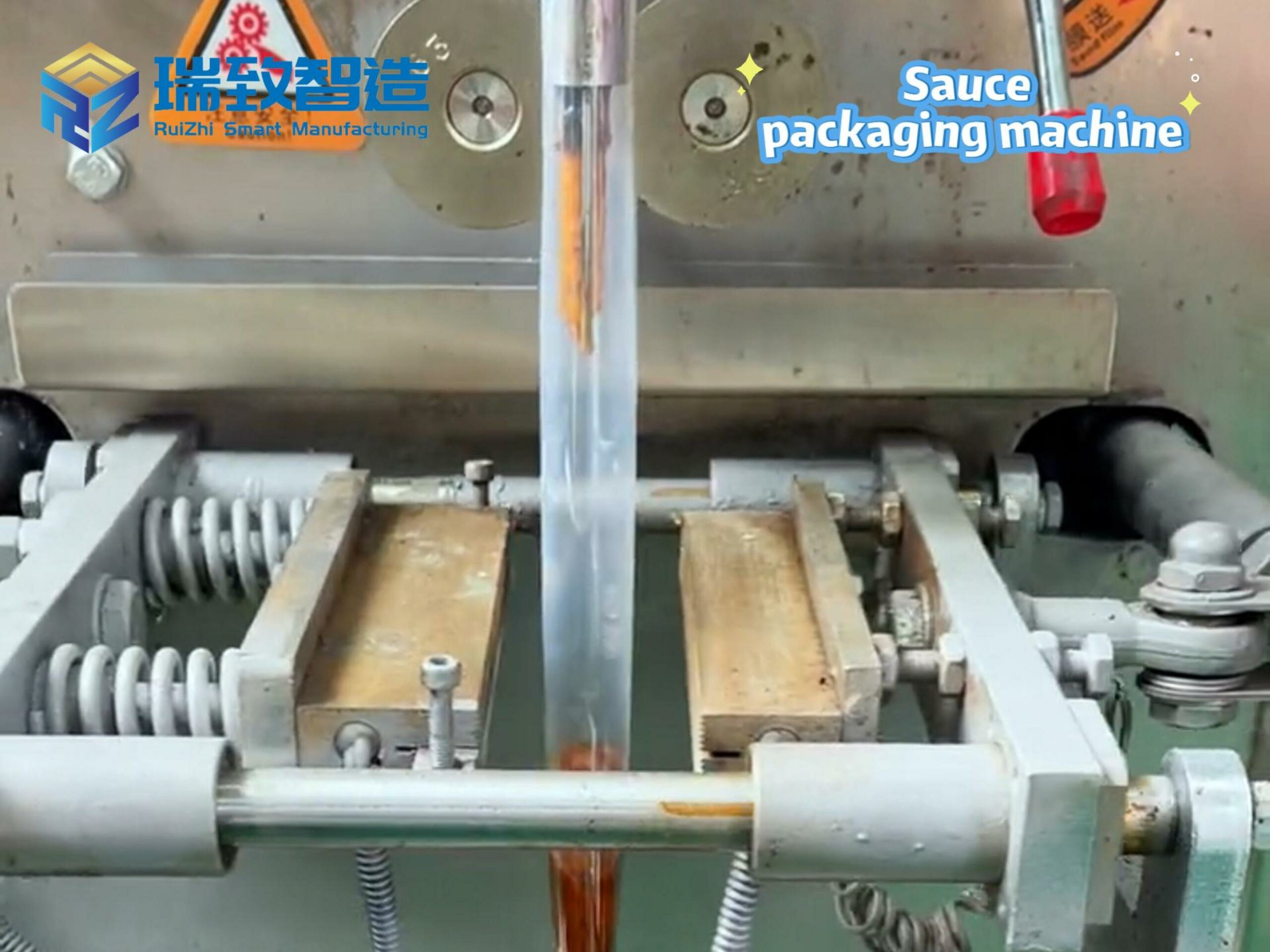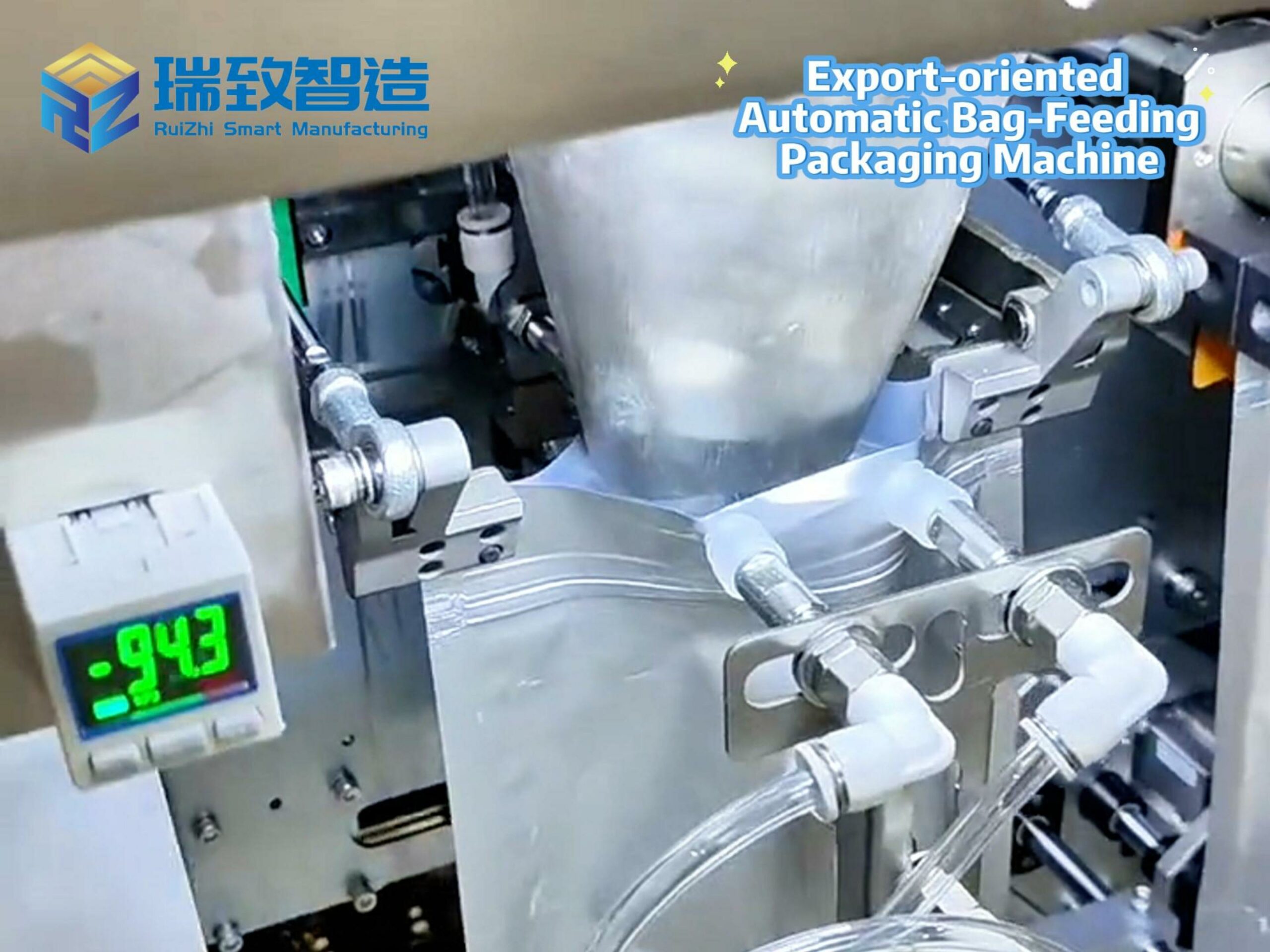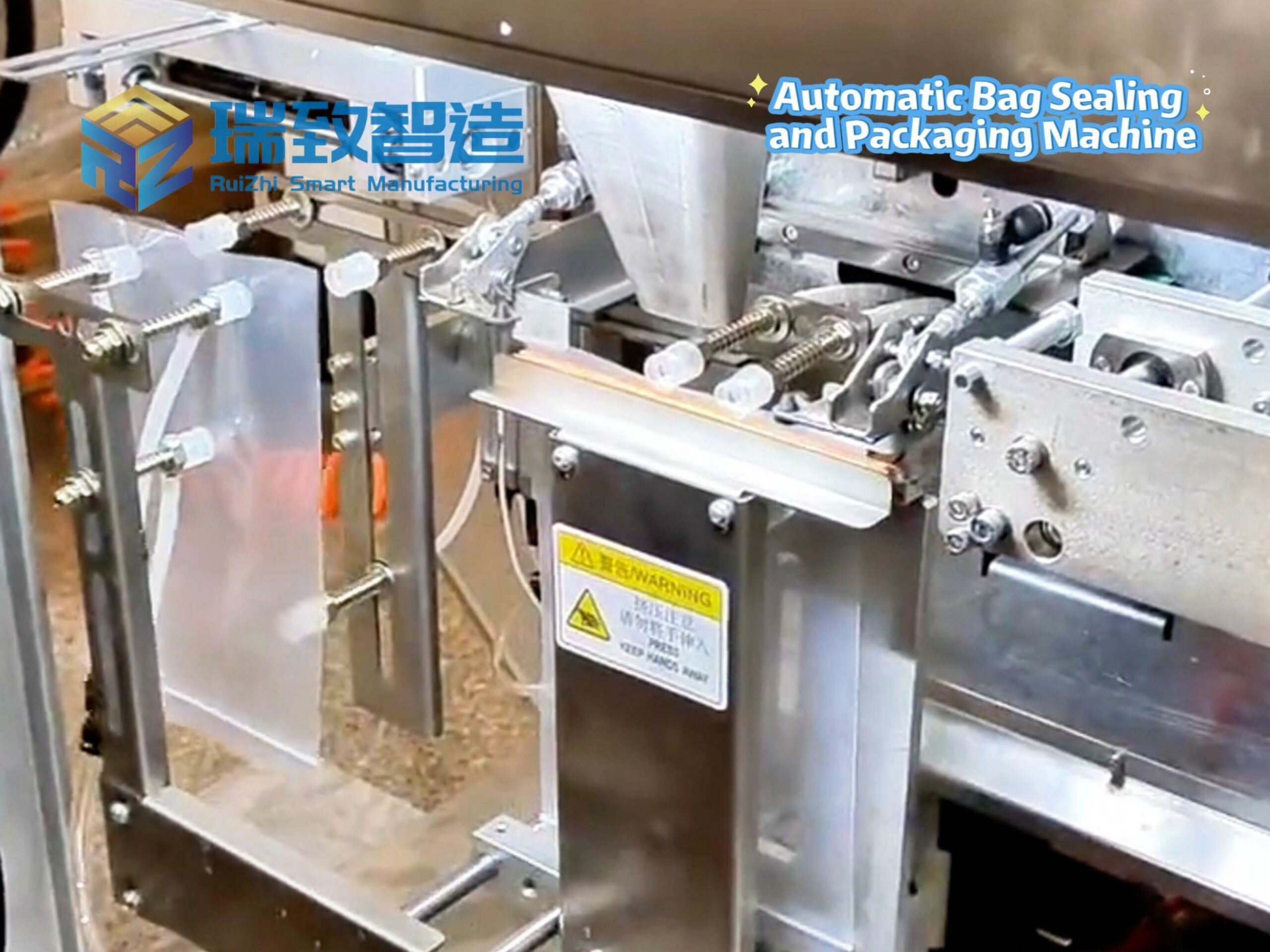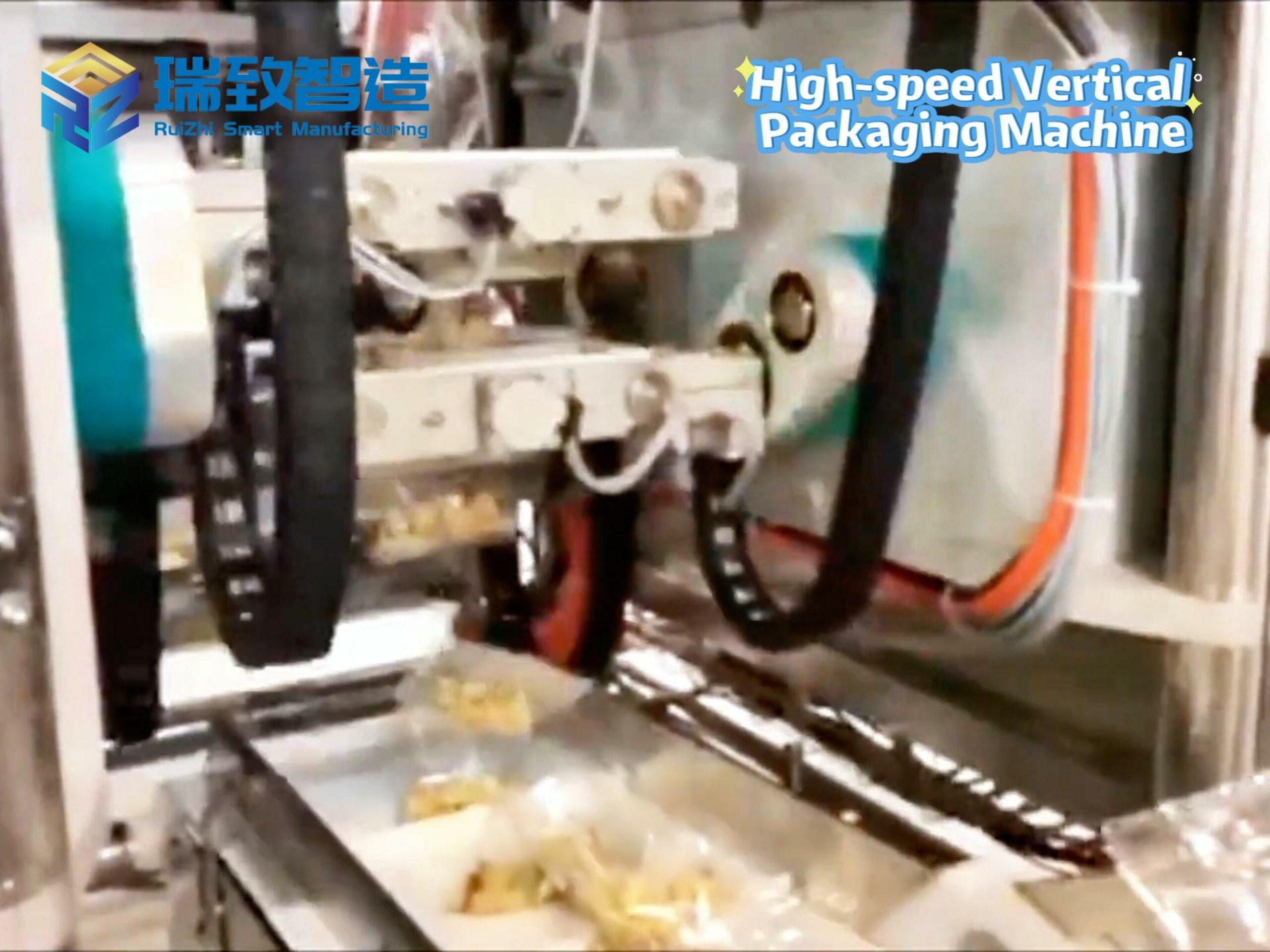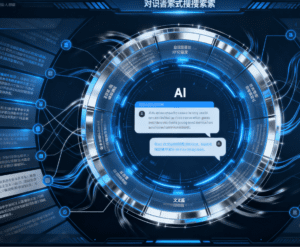
Key points:
By 2026, predictive AI tools are expected to transform healthcare, enabling faster, more accurate diagnoses and personalized patient care.
Intelligent systems will accelerate creativity in music, video, and code generation while enhancing immersive experiences.
AI-driven automation will optimize supply chains, finance, and decision-making, improving efficiency across industries.
Overview
AI is reshaping how humans live, work, and communicate at unprecedented speed. By 2026, AI will achieve breakthroughs in healthcare, finance, creative industries, energy, and global governance. These changes represent AI’s emergence as a systemic force driving society toward greater efficiency, personalization, and sustainability.
The Top 10 AI Trends for 2026
- AI in Healthcare
Future medicine will be more precise and personalized. AI will enable faster diagnosis and treatment through pattern recognition and predictive analysis, significantly improving clinical outcomes.
- Geopolitics and AI
In an increasingly complex global landscape, AI will reshape supply chains and international cooperation patterns, optimizing cross-border operations and promoting strategic collaboration.
- Code Synthesis and Automated Development
Next-generation AI development tools will accelerate transformation from concept to application, improving efficiency and lowering barriers so non-professionals can create high-quality software.
- Music Generation and Intelligent Creation
AI will achieve breakthroughs in composition, mixing, and soundscape generation, allowing creators to explore new musical forms and expand artistic expression.
- Synthetic Content and Authenticity Challenges
While synthetic content technology will greatly enhance data generation, it also brings challenges like misinformation and deepfakes. Ensuring authenticity will become crucial.
- Invisible AI
AI will become embedded in daily life like electricity or telecommunications. Users will receive services through natural interaction without consciously thinking about AI.
- AI and Energy Efficiency
The massive computing demands of AI are driving innovations in energy efficiency, from data center optimization to clean energy alternatives. In electronics manufacturing—a sector critical to global tech supply chains—this trend will be particularly evident in the upgrade of automatic placement machines (core equipment for mounting tiny electronic components onto circuit boards). By 2026, AI will enable these machines to analyze real-time data (including component size variations, placement precision, and energy consumption) and dynamically adjust parameters: for example, slowing operation slightly for ultra-miniature chips to avoid errors, while reducing idle energy use by 18-22% during batch transitions. This not only cuts manufacturing carbon footprints but also boosts yield rates for high-precision electronic products (such as smartphones and medical devices) by up to 12%.
- Intelligent Transformation in Finance
AI will enhance market prediction, enable personalized services, and strengthen risk management, making financial services smarter, safer, and more empowering.
- Video and 3D Content Generation
Generative AI will play a major role in film, gaming, and immersive experiences, with high-quality video and 3D assets created directly from text prompts.
- AI-Powered Internet Search
Search will evolve from keyword matching to intelligent conversational experiences, with AI summarizing content, managing information, and performing cross-platform tasks.

Challenges of Rapid AI Adoption
Despite driving social progress, AI brings several challenges:
Data privacy and security: Protecting personal and corporate data from misuse
Job displacement: Automation’s potential impact on employment
Ethics and responsibility: Ensuring transparency and fairness in AI decisions
Energy consumption: The environmental impact of high computing demands
Regulation and governance: Addressing the lag between technology and policy
Conclusion
AI represents more than a technological revolution—it’s a tool for enhancing human potential. It’s making healthcare more precise, finance more intelligent, creative industries more diverse, and strengthening global connectivity. While challenges remain, AI’s future direction is clear: enhancing efficiency, inspiring creativity, fostering collaboration, and shaping a more intelligent, connected, and sustainable world.
Multi-component capping assembly machine
How to choose a multi-component capping assembly machine suitable for your production line?

